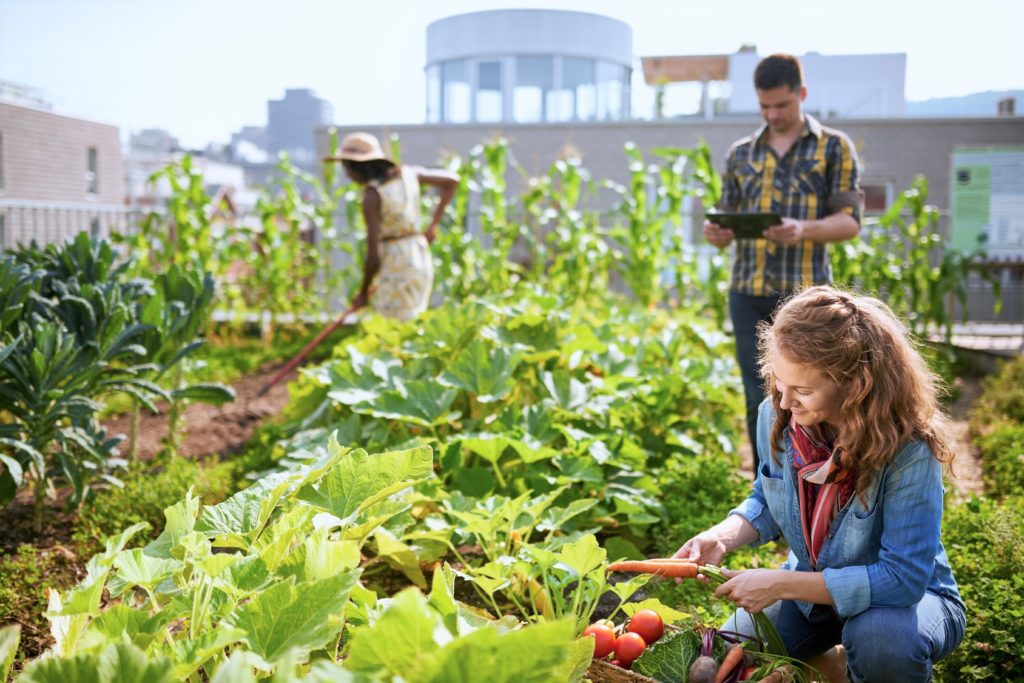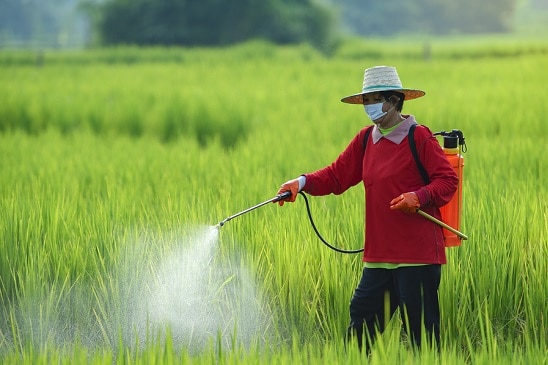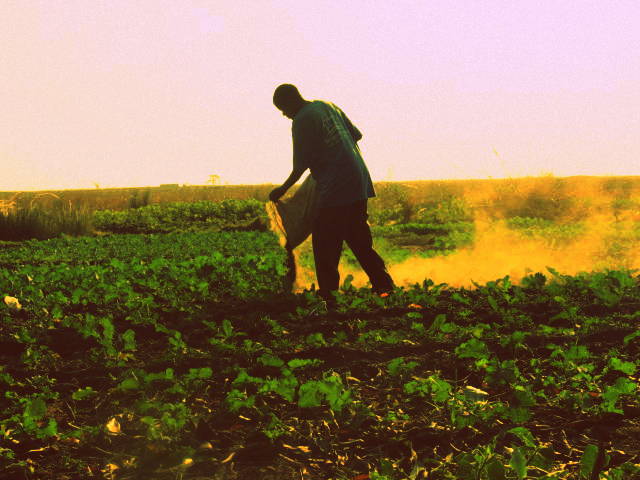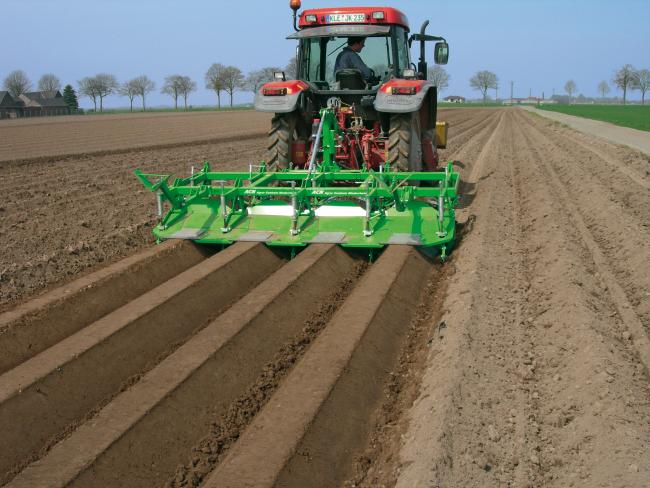Back to: AGRICULTURAL SCIENCE SS2
Welcome to Class !!
We are eager to have you join us !!
In today’s Agricultural Science class, We will be learning about Farming Practices. We hope you enjoy the class!

FARMING PRACTICES
CONTENT
- Types of farming practices
- Methods of Replenishing lost nutrients
- Factors influencing nutrient availability in the soil
FARMING PRACTICES
The following farming practices have consequences or effects on the soil;
1) BUSH BURNING
This involves the setting of fire on the bushes to clear out the vegetation
MERITS
- It releases potassium and phosphorus as ash
- It has some sterilizing effect on the soil
- It stimulates the growth of fresh grass
- It destroys soil-borne pathogen or germs
- It destroys the seeds of weeds
DEMERITS
- It destroys the organic content of the soil
- It reduces the population of soil live organisms
- It oxidase nitrogen and sulphur into gaseous forms
- It exposes the soil to erosion and leaching
- It may raise the PH level of the soil
- It causes environmental pollution
- It destroys the soil structure
- It reduces the soil water content
2) OVERGRAZING
Overgrazing is a situation where more animals than can be supported on a particular pasture are put there to graze.
MERIT
- More feces are dropped which could improve the fertility of the soil
- Weeds can easily be eradicated from such land.
DEMERITS
- It depletes the vegetative cover of the soil
- It causes poor growth and regenerative capacity of vegetation
- It exposes soil to erosion
- It destroys soil structure
- It leads to soil compaction
- Compacted soil reduces water infiltration
- Pore spaces in the soil in the soil are reduced
3) CLEAN CLEARING
This is the removal of the entire vegetation on a piece of land.
MERITS
- It gets rid of weeds from the land
- It may leave land free of all obstacles
DEMERITS
- It leads to disturbance or removal of topsoil
- It leads to increase evaporation of water
- It exposes the soil to erosion
- It leads to a reduction in organic matter
- It leads to loss of soil nutrients
- It leads to leaching
- It destroys the soil structure
4) FERTILIZER APPLICATION
This involves the application of certain chemical substances to the soil to increase its fertility

MERITS
- It supplements the nutrients content of the soil
- It enhances the productive capacity of the soil
- It increases the population of microorganism in the soil
- It stimulates vegetation growth
DEMERITS
- Excessive application of fertilizers can cause soil acidity
- An excess application can also reduce the activities of soil organism
- An excessive application may also hinder the growth of crops
5) ORGANIC MANURING
It involves the application of manure e.g green manure, farmyard manure and compost manure to the soil in order to improve its fertility.

MERITS
- Organic manuring returns nutrients to the soil
- It improves the texture and structure of the soil
- It encourages the activities of soil organisms
- It improves the water temperature fluctuations in the soil
- It prevents soil erosion
- It improves the water holding capacity of the soil
DEMERITS
- The process may lead to the introduction of pathogens to the soil
- It may have adverse effects on crops, if not properly applied
6) CROP ROTATION
Crop rotation is the system of farming whereby different crops are grown on the same piece of land year after year on a definite manner so as to maintain the fertility of the soil
MERITS
- It adds nutrient to the soil through nitrogen fixation
- It increases the yield of crops
- It controls the growth of weeds
- It maximizes the use of available land
- It controls pests and diseases associated with soil
- If controls erosion
7) CONTINUOUS CROPPING
This involves the growing of crops on the same piece of land every year without the application of manure or fertilizers
MERITS
- It enables different crops to be grown and harvested
- It maximizes the use of available land
DEMERITS
- It depletes soil nutrients
- It ensures the spread or multiplication of germs
- It ensures the multiplication of pests and parasites
- It results in low yields of crops
8) FLOODING
It is defined as the accumulation of an abnormally large quantity of water in an area which refuses to percolate or flows away.
EFFECTS OF TILLAGE IMPLEMENTS ON THE SOIL
A) PLOUGHING
- It increases the soil organic matter content
- It helps to mix the soil together
- It improves water infiltration capacity
- It improves the aeration of the soil
- It leads to compaction of the soil
- It spreads disease-causing organisms in the soil

B) HARROWING
- It leads to fine tilth through the mixing of soil
- It increases aeration and water infiltration
- It increases root penetration
- It leads to the destruction of soil structure
- It may lead to soil erosion
C) RIDGING
- It prevents erosion and improves water penetration
- It collects together rich topsoil
- It improves aeration and root penetration
- It improves water conservation in the soil
- It also facilitates the harvesting of roots crops

EVALUATION
- List five effects of bush burning on the soil
- (a) Define Tillage
(b) Explain Zero tillage
METHODS OF REPLENISHING LOST NUTRIENTS
- CROP ROTATION

It is a system of farming whereby different crops are grown on the same piece of land year after year in a definite manner so as to maintain the fertility of the soil.
The layout of a four-year crop rotation plan is shown in this table
| YEAR | PLOT I | PLOT II | PLOT III | PLOT IV |
| 1 | Yam | Cowpea | Cassava | Maize |
| 2 | Cowpea | Cassava | Maize | Yam |
| 3 | Cassava | Maize | Yam | Cowpea |
| 4 | Maize | Yam | Cowpea | Cassava |
PRINCIPLES OF CROP ROTATION
- Deep-rooted crops like yam and cassava should not follow each other
- Shallow-rooted crops should not follow each other
- Crops which have the same diseases should not follow each other
- Crops which have the same pests should not follow each other
- Crops of the same family should not follow each other
- Crops which control weeds should be planted
- Legumes should be included in crop rotation
CONDITIONS NECESSARY FOR THE PRACTISE OF CROP ROTATION
- Where land is scarce or limited in supply
- Where the population is high
- The need to have different varieties of crops
- The need to maintain soil fertility
- Where the soil is exhausted of nutrient
- ORGANIC MANURING
Organic manure refers to the delayed plant and animal products which have been carefully prepared to supply nutrients to plants or crops.
- BUSH FALLOWING
This is the practice in which farmlands are left to lie fallow after one or two years of cultivation to allow the nutrients to revert to the soil.
- COVER CROPPING
It is the process of planting certain plants mainly to cover soil surface to conserver the soil nutrient.
Some common examples of cover crops are: mucuna, Pueraria, Centro, crotalaria, calapogonium and cowpea
- LIMING
It is the process whereby Calcium or magnesium-containing compounds are added to the soil to reduce soil acidity. Some common liming materials are limestone, quicklime, slaked lime, basic slag, dolomite, gypsum, wood, ash etc.
- APPLICATION OF INORGANIC FERTILIZERS
Fertilizers are chemical substances in the form of powder, granules, pellets, or crystals which can be added to the soil to increase fertility.
EVALUATION
- What is crop rotation?
- List five principles of crop rotation
FACTORS INFLUENCING NUTRIENTS Availability in the soil
- Soil PH
- The concentration of other nutrients
- Leaching
- Crop removal
- Oxidation and Reduction of organic materials
- Burning
- Soil Texture
- Erosion
- Soil moisture content
- Level or Organic matter/Micro-Organisms in the soil
WAYS IN WHICH SOIL NUTRIENTS CAN BE LEST
- Crop removal
- Erosion
- Leaching
- Soil Acidity
- Excess of other nutrients
- Oxidation and reduction of organic materials
GENERAL EVALUATION
- What is Bush burning?
- State the merits of bush burning
- What is crop rotation?
- List five principles of crop rotation
- State four effects of ploughing on the soil
READING ASSIGNMENT
Essential Agricultural Science for Senior Secondary Schools, Chapter 18, pages 187 – 201
SECTION B
- (a) State four demerits of bush burning
(b) State four uses of lime in Agriculture
- (a) Define soil organic matter
(b) State five ways in which soil organic matter is important in Agriculture.
We have come to the end of this class. We do hope you enjoyed the class?
Should you have any further question, feel free to ask in the comment section below and trust us to respond as soon as possible.
We have come to the end of this term. It’s been a remarkable journey and we are glad that you have made it this far. For making it this far, we commend you for being resilient, you have taken charge of your education and future.
The Journey still continues though, we are moving on to Second Term. we hope to meet you there.

What are the differences between manuring and fertilizer application
okay 👍🆗